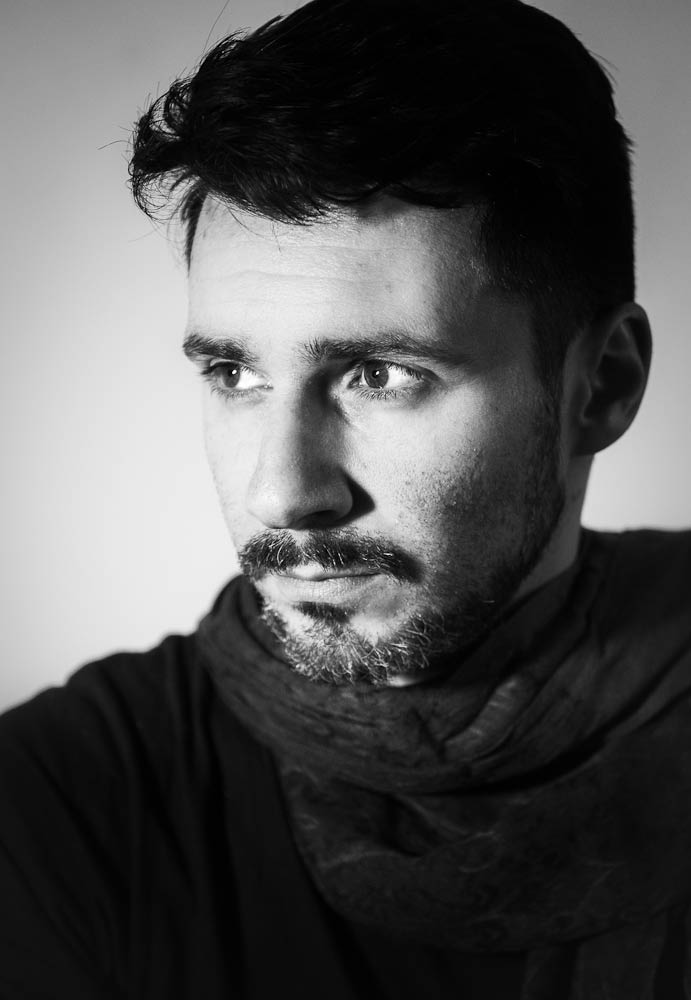Giancarlo Zuccarone is an Italian photographer, contributor of Art Commerce (Photo Vogue). He graduated in Cinematography and Filmmaking at the "Roma Tre University" in Rome, Italy. He focuses especially on travel and street photography, and his photos has appeared in magazines such: National Geographic, Skylife, Life Framer, Dodho Magazine, Eyeshot Magazine, Travel & Leisure. His work has been exhibited in Milan and Rome, London, Brussels, Miami. In 2021 Bruce Gilden chose one personal image for "The Real People" photobook, a tribute project to his career. Awards: Maghreb Photography Awards - 2nd Place; TIFA (Tokyo International Foto Awards) - 2nd Place; PX3 (Prix de la Photographie Paris) - Silver Medal; Nikon Photo Contest - 3rd Place.
